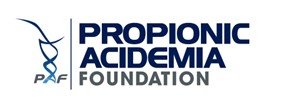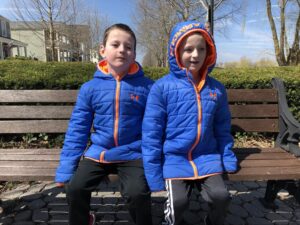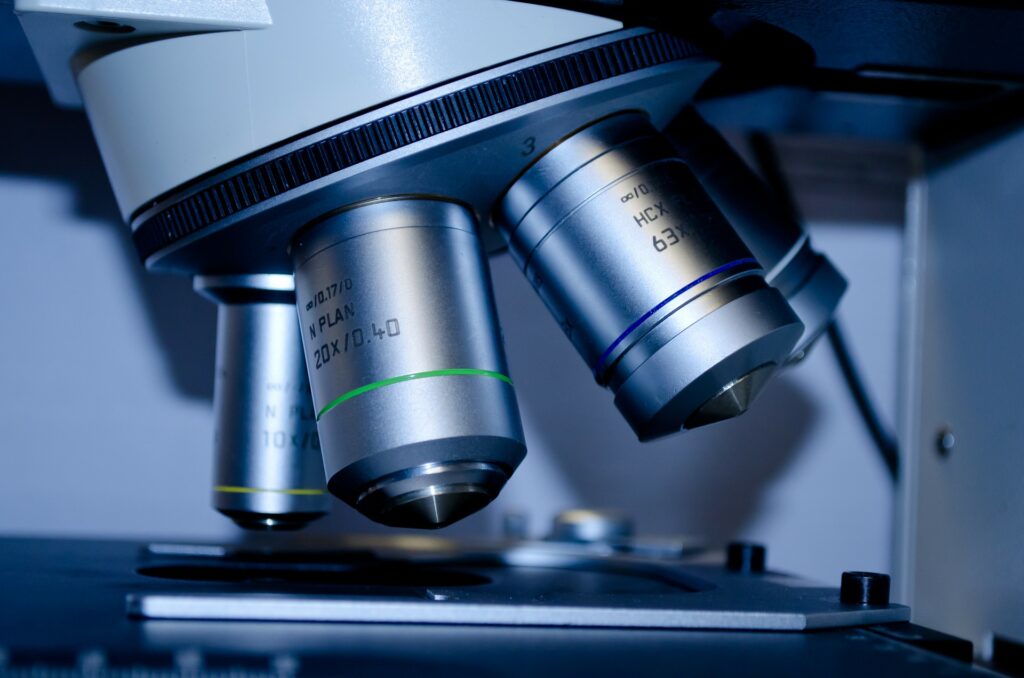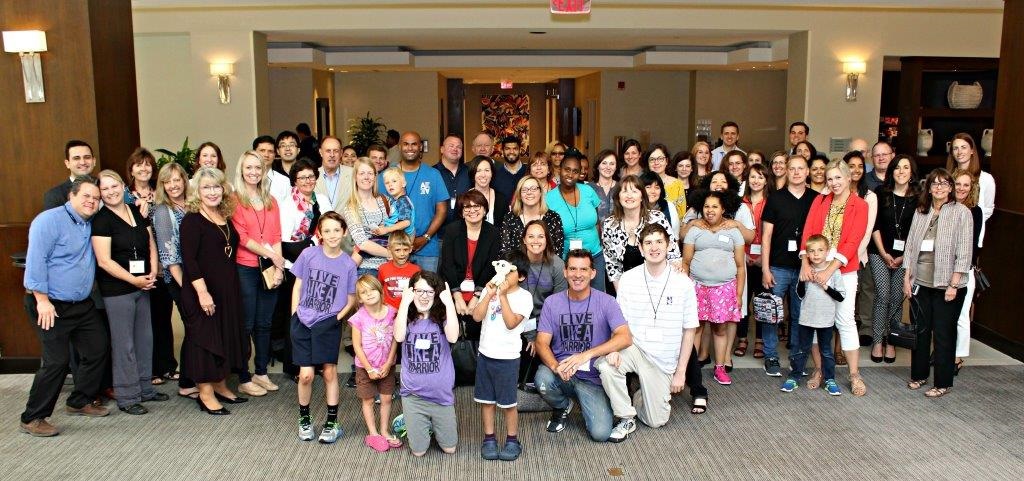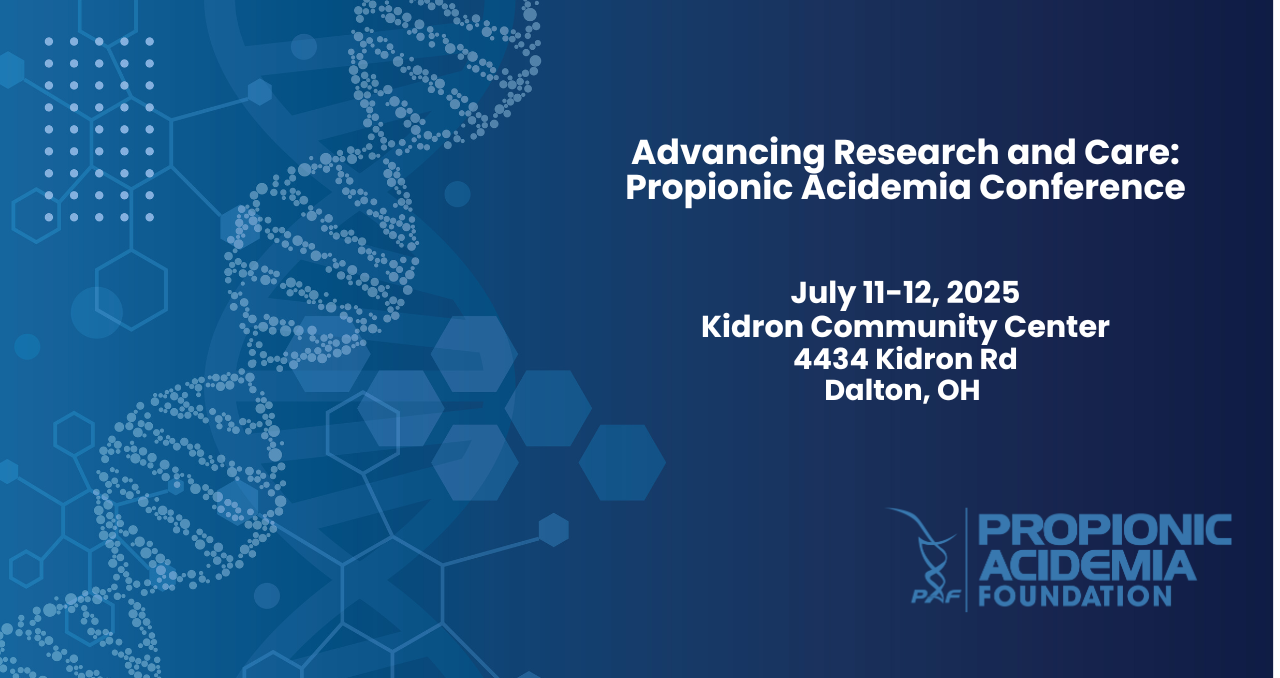PAF Grant: “New paradigm in alleviating the cardiac consequences of propionic acidemia: diverting excess propionate towards the heart’s beta-alanine store”
Grant period: June 1, 2023 to May 31, 2024
PI: Pawel Swietach
Progress report
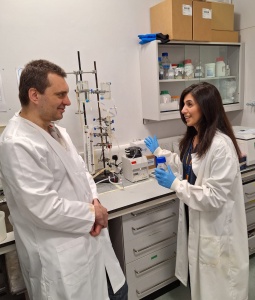
Thank you for supporting our research through a $50,000 grant to support staff time, consumables, and animal costs.
The project had three aims:
Aim 1: Trace the incorporation of 13C-labelled propiogenic substrates (i) into the beta-alanine pool, (ii) as canonical propionate metabolites, and (iii) as propionylated proteins in male and female PA mice, and relate these carbon-flows to genetic readouts relevant to PA;
Aim 2: Relate plasma beta-alanine levels with the size of the cardiac beta-alanine pool in mice, and use this information to evaluate the prognostic value of beta-alanine measurements in PA patient serum;
Aim 3: Test interventions that stimulate propionate incorporation into the beta-alanine pool in cultured myocytes and benchmark their efficacy to alleviate PA pathology using disease-relevant cellular readouts.
We are pleased to report progress in all areas. As with long-term research programmes, some work is on-going but we have a schedule for completion.
Work under Aim 1, and some aspects of Aim 2 and 3 were published in a high-profile publication:
“Disrupted propionate metabolism evokes transcriptional changes in the heart by increasing histone acetylation and propionylation”
Nat Cardiovasc Res. 2023 Dec;2(12):1221-1245
This publication resulted in considerable attention from the field and attracted an editorial from the journal. I will be presenting the results at an epigenetics conference in Oxford in September. One of the deliverables is that beta-alanine can improve processing of propionyl-CoA and confer a degree of protection. The link to the paper is available here:
https://pubmed.ncbi.nlm.nih.gov/38500966/
As you know, we sought possible industrial collaborations to refine PA diets, leveraging on our evidence for a beneficial effect of beta-alanine. Despite our efforts, supported by you, none of the PA-providers, including Nutricia/Danone, were willing to engage with us. We therefore undertook an animal trial in our laboratory for safety and efficacy of beta-alanine.
This work completes Aim 3 and is on-going. We have obtained and secured the diet, and have placed animals on a 5-week diet, after weaning. The challenge is that a minimal number of knockout mice is necessary in order to place these in a cage with modified diet. Some litters do not yield enough mice, which is why these experiments are difficult to plan and slow to execute. The table below summarises our progress:
| Animal group | Samples
required |
Samples
obtained |
Estimated
completion time |
| Control diet | 8 | 8 | Complete |
| Diet enriched in beta-alanine | 8 | 4 | November 2024 |
| Diet enriched in carnosine, a beta-alanine derivative | 8 | 4 | November 2024 |
We are delighted to report that thus far, the diets are safe, in that they do not reduce growth of mice. Once the samples are prepared, we will be in position to assess their outcomes on metabolism and epigenetics.
Additionally for Aim 2, we have been preparing a plasma assay for beta-alanine. This is now ready but is waiting for plasma samples for testing. We are collecting samples for a time line of measurements. Our plan is to collect paired heart and plasma samples, and then process these for measurements of beta-alanine and histone modifications. The time line of samples is as follows:
| Age | Wild-type
female |
Wild-type
male |
PA female |
PA male |
| 4 week old | 0 out of 4 | 0 out of 4 | 4 out of 4 | 3 out of 4 |
| 8 week old | 0 out of 4 | 0 out of 4 | 2 out of 4 | 4 out of 4 |
| 12 week old | 0 out of 4 | 0 out of 4 | 4 out of 4 | 4 out of 4 |
Collection of samples from wild-type mice will be easier to complete because of simpler breeding, and we anticipate this will be complete by the end of Aug 2024. This work is supported by two postdoctoral workers, Eleanor Gill and Gul Simsek who aim to complete this work on this until Jan 2025.
We have now a gap between the completed grant (ended May 2024) and the next one. We will be able to support research in this period from other sources. Once the samples are prepared, we shall be sending these for processing with Sophie Trefely and Steve Krywawych, our collaborators.
As part of the project, we have also worked with a drug delivery company called EVOX to seek ways of targeting the heart. This work has found a new way for exosomes, small delivery vehicles, to selectively reach the heart. We are in the process of writing this up for publication and hope this could help target therapies specifically to the heart.
Thank you for your generous support,
Pawel Swietach
